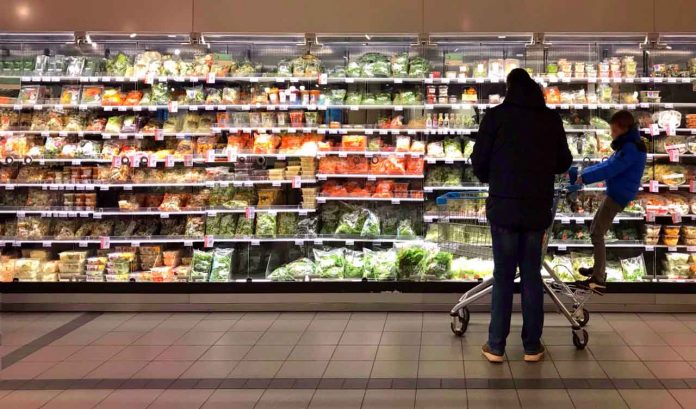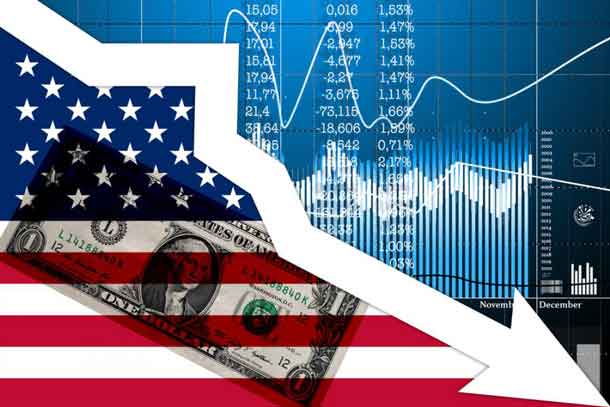THUNDER BAY – The official rate for inflation is under five per cent. However prices for many goods, especially groceries have gone up far more than five per cent.
Not only have prices gone up, but many grocery items have been re-sized so not only are consumers paying more, but they are paying it for less product too.
Researchers at the Montreal Economic Institute believe that the actual deterioration in purchasing power is much more pronounced than the official rate would indicate, and they challenge the validity of the metrics employed by Statistics Canada which in their view do not reflect the true inflationary pressure experienced since the beginning of this year.
“Rising prices and the loss of purchasing power are subjects that directly interest and affect most households, so they need to be able to consult a well-calibrated speedometer. Since the current inflation rate is calculated over the year that has just passed, it is exclusively backward-looking,” explains Nathalie Elgrably, senior economist at the MEI.
What is somewhat shocking to see are price increases of up to 25% on some items in the grocery store.
Breakfast cereal has seen packages shrink in size and the price jump.
For over a year now, statistics have shown an unusual rise in the general price level as calculated by the Consumer Price Index (CPI). The highest seen in 40 years, this increase has fuelled public debate as well as anxiety among Canadians.
“It represents a wholly retrospective measure that reports what has happened over the past year, but without specifying exactly when the change in inflation took place. Was it a year ago? Several months ago? Or more recently?” adds Valentin Petkantchin, economist and vice-president of research at the MEI.
To rectify this oversight, the MEI proposes a different indicator that is forward-looking, a compounded annualized rate calculated from the rate of change in the CPI over the last month.
“We have named this the “prospective rate” of price inflation. Rather than focusing on the erosion of purchasing power compared to a year ago, the prospective rate illuminates the deterioration that awaits us if the CPI continues on its current path,” says Valentin Petkantchin.
The current official rate is simply the change in the Consumer Price Index (CPI) over the past 12 months. This indicator is not representative of current reality but, unfortunately, it occupies a privileged position on Statistics Canada’s Price Portal as well as in public discourse, no matter whether the variation in prices is up or (very rarely) down.
Using the prospective rate, the first sign of an inflationary surge above the 2% objective could have been detected in July of 2020, almost a year before the official statistics indicated any deviation from the target rate. As another example, the prospective rate was 12.5% in May of this year, before falling back below 10% in July.
“To make an automotive analogy, the prospective rate is to price inflation what the speedometer is to a car. Just as the speedometer allows for immediate calculation of the distance the car will travel if the current speed is maintained for the next hour, the prospective rate determines the drop in purchasing power that will result if the CPI continues to grow at the same rate,” explains Nathalie Elgrably.
“Annualizing rates is nothing extraordinary. In the financial and banking industries it is common practice, used, for example, to assess and compare the return on investments. In order to obtain a more representative measure of reality, we should prefer to swap the retrospective calculation of price increases for a prospective indicator. Then, instead of being informed about the purchasing power we have already lost over the past year, we could learn instead about the inflationary pressure we are experiencing right now and then extrapolate it on an annual basis, that is to say, over the next 12 months,” concludes the economist.







